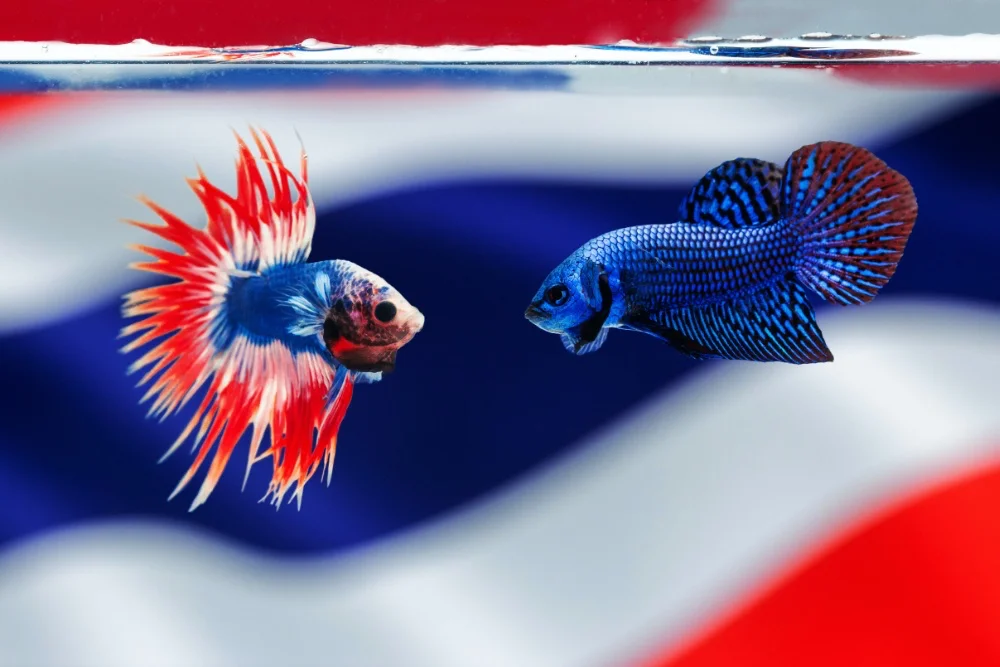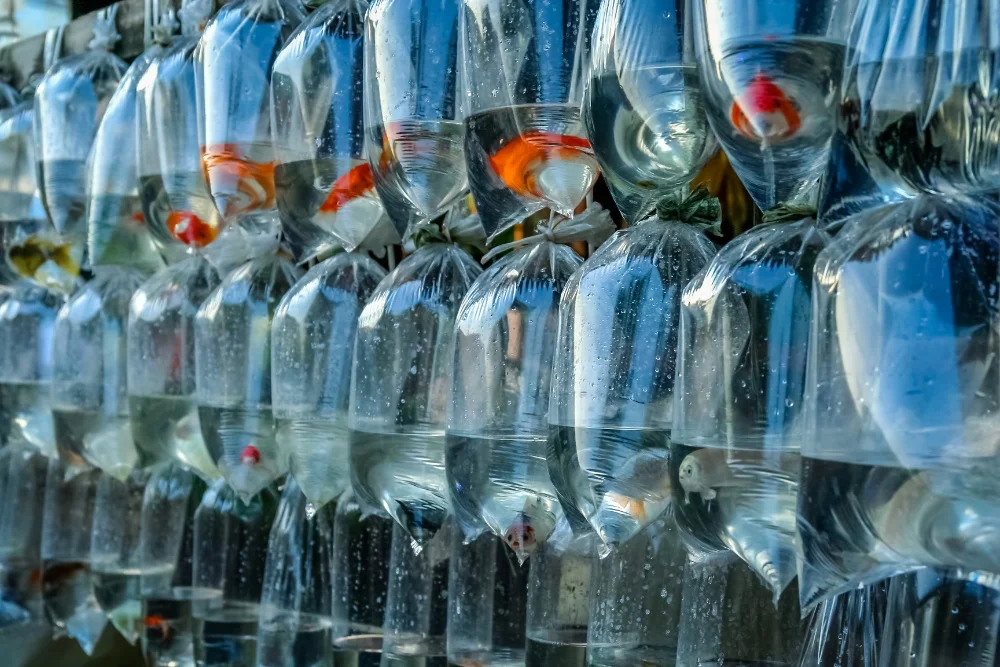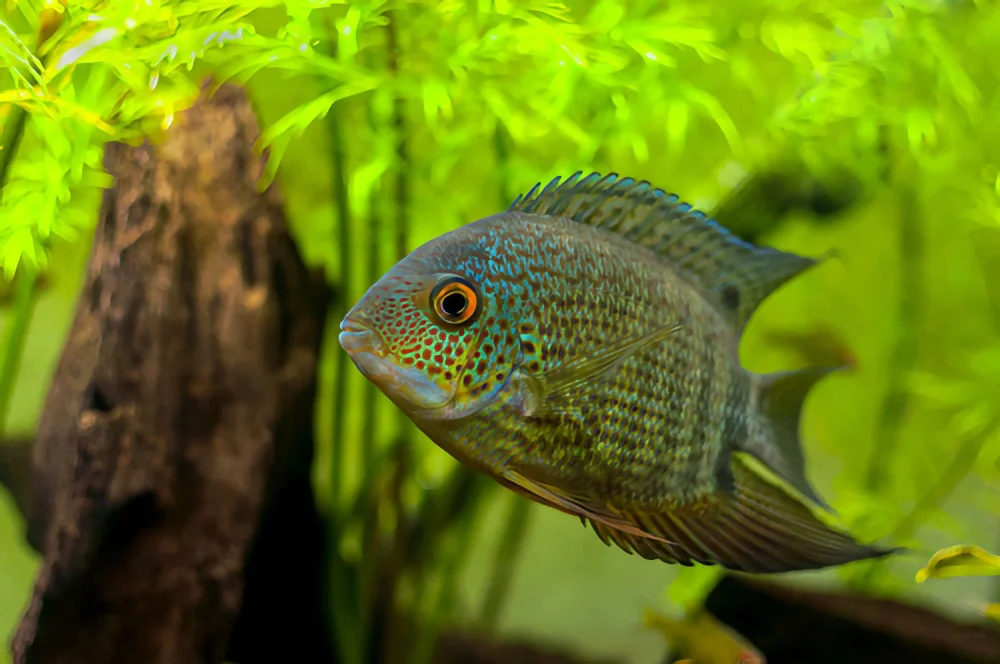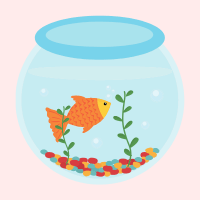Imagine you’re on a long flight to a new country. You’re excited to explore, but also a little nervous about adjusting to a new environment. Now imagine being thrown into a new tank in an aquarium, surrounded by unfamiliar fish and water.
That’s exactly how new fish feel when they’re introduced to your freshwater aquarium without proper acclimation. Acclimating new fish is the key to ensuring a stress-free aquarium life for your aquatic pets.
Acclimation is the process of gradually introducing new fish to your aquarium’s water conditions. It’s a crucial step that prevents stress and even death in fish. Whether you’re a beginner or an experienced fish keeper, understanding the factors that affect acclimation and using recommended techniques will ensure the health and happiness of your fish.
In this article, we’ll cover the importance of acclimation, the factors to consider, and the author’s experience and tips for acclimating new fish. So, let’s dive in and learn how to acclimate your new fish like a pro!
Key Takeaways
- Acclimating new fish is important to avoid stress and death.
- The length of acclimation depends on how long the fish have been in bags.
- Different acclimation processes are needed for local store fish and shipped fish.
- Patience is key in acclimating fish and water parameters should be carefully considered.
Importance of Acclimation

You need to remember that acclimating new fish is crucial to avoid stress and death. The length of acclimation depends on how long the fish have been in bags. Fish that have been at the local store for a short time need less time to acclimate than those that have been shipped.
Shipped fish require water conditioners to detoxify ammonia, and Seachem Prime is the recommended water conditioner. Breather bags require a different acclimation process. Breather bag fish need to be transferred to another container to come up to temp, and dechlorinator should be added immediately upon opening the bag.
A specimen container is recommended for acclimation, and slowly adding tank water to the container is the best method. Water volume should be doubled and half removed before repeating. Patience is key in acclimating fish, and water parameters should be compared between the live fish store and home tanks.
pH, GH, and KH should be carefully considered, and ammonia and CO2 levels in shipping bags can be toxic to fish. In shipping bags, ammonia is detoxified by CO2, and Seachem Prime can keep ammonium bound up during acclimation.
Overall, the acclimation process should not be rushed, as patience is a key factor in ensuring that the fish are stress-free and healthy in their new environment.
Factors to Consider
When introducing new aquatic creatures to your tank, it’s important to carefully consider the water parameters of both the store and your home tank to ensure a smooth transition.
Differences in pH, GH, and KH can cause stress and even death to your fish. It’s best to measure the water parameters of both tanks and make any necessary adjustments before introducing new fish.
In addition to water parameters, it’s also crucial to observe the behavior of the fish during the acclimation process. Some fish may be more sensitive to changes in water conditions and require a longer acclimation period.
By taking your time and monitoring their behavior, you can prevent unnecessary stress and ensure a successful introduction of new fish to your aquarium. Remember, patience is key in the process of acclimating new fish.
Recommended Techniques

To ensure a smooth transition for your aquatic creatures, it’s recommended to use a small bucket or specimen container for acclimation. This will give you more control over the water parameters and allow you to make adjustments as needed.
It’s important to remember that the water in the bag the fish came in may be drastically different from the water in your tank, so gradual acclimation is key. In addition to using a specimen container, it’s also important to use a water conditioner, such as Seachem Prime. This will help detoxify any ammonia or other harmful elements that may be present in the water.
Follow the instructions on the conditioner carefully and add it to the water as soon as you open the bag. Remember, patience is key during the acclimation process, so take your time and monitor the water closely to ensure your new fish have a stress-free transition into their new home.
Check out the following resources for more information on acclimating new fish to your tank:
How to Acclimate New Fish into Freshwater Aquarium the Right Way
Our Experience and Tips

Over the years, we have tried various techniques for acclimating new aquatic creatures into their freshwater tanks. Through trial and error, we have found that the following techniques work best for their personal tanks, which are home to a variety of South American cichlids.
- Breather bag acclimation: Breather bags require a different acclimation process than regular bags. To acclimate breather bag fish, the author recommends transferring them to another container to come up to temperature before slowly adding tank water.
- Water parameter testing: It’s important to test the water parameters before and after acclimation. pH, GH, and KH should be carefully considered, as well as ammonia and CO2 levels in shipping bags, which can be toxic to fish.
- Patience is key: Take your time when acclimating new fish. Rushing the process can cause stress, which can lead to illness or death.
- Personal experience: Using a small bucket or specimen container for acclimation, using an aquarium net for transferring fish, and discarding drip water after acclimation all contribute to a successful acclimation process.
By following these tips and techniques, the author has successfully acclimated many new fish into their tanks and hopes that readers will have similar success in their own aquariums.
For more information on how to add a fish, check out this science-based video.
Frequently Asked Questions
How often should you acclimate new fish to your freshwater aquarium?
Acclimate them to the tank’s water conditions slowly to ensure a stress-free transition for new fish. The length of acclimation depends on the acclimation methods used and the duration the fish were in the bag. Take your time and follow proper acclimation methods for the best results.
What should you do if your new fish appear stressed after acclimation?
So you’ve acclimated your new fish, but they appear stressed? Don’t worry, it’s not like you spent time and money on them. Stress management and water quality are key. Check pH, GH, and KH levels, and consider adding a calming agent like Seachem Prime. Remember, it’s all about patience, right?
Can you acclimate multiple fish at once or should each fish be acclimated individually?
When acclimating multiple fish, group acclimation is acceptable as long as they are all the same species and size. However, individual acclimation is recommended for different species or sizes to ensure proper acclimation and avoid stress.
Is it necessary to quarantine new fish before introducing them to your main aquarium?
Like an ounce of prevention, quarantine is important in preventing disease. It’s necessary to isolate new fish before introducing them to the main aquarium. This technical approach ensures a healthy and stress-free environment for all.
How can you tell if your water parameters are suitable for the new fish you want to introduce?
To determine if water parameters are suitable for new fish, use water testing methods to measure pH, GH, and KH. Ideal pH levels vary by species. Compare parameters in store and home tanks to ensure proper acclimation.
Prioritize Proper Fish Acclimation Now!
Congratulations! You’ve successfully acclimated your new fish into their new home. By following the recommended techniques and taking into consideration the factors discussed, you’ve ensured a stress-free transition for your aquatic pets.
Remember, patience is key in this process, and rushing it could lead to stress and even death for your fish. As a seasoned aquarist, I can’t stress enough the importance of acclimating new fish properly. It may seem like a small step, but it can make a huge difference in the health and happiness of your aquarium inhabitants.
So take the time to use a water conditioner and a specimen container if necessary. Your fish will thank you for it.
Acclimating new fish is important and necessary for a successful freshwater aquarium. So, take a deep breath, follow the recommended techniques, and enjoy the beauty and serenity of your aquatic paradise.
Remember, your fish are counting on you, and with your careful attention, they’ll thrive in their new home. Happy fishkeeping!

